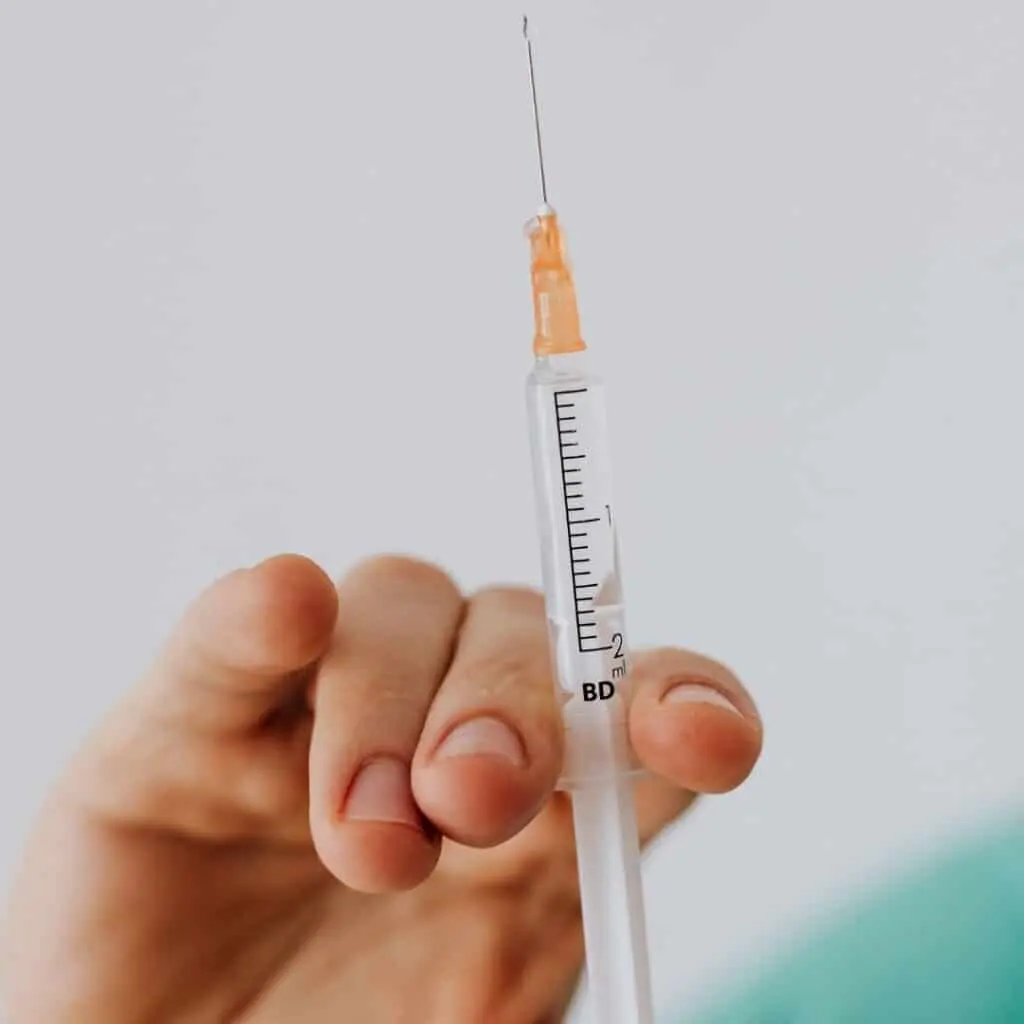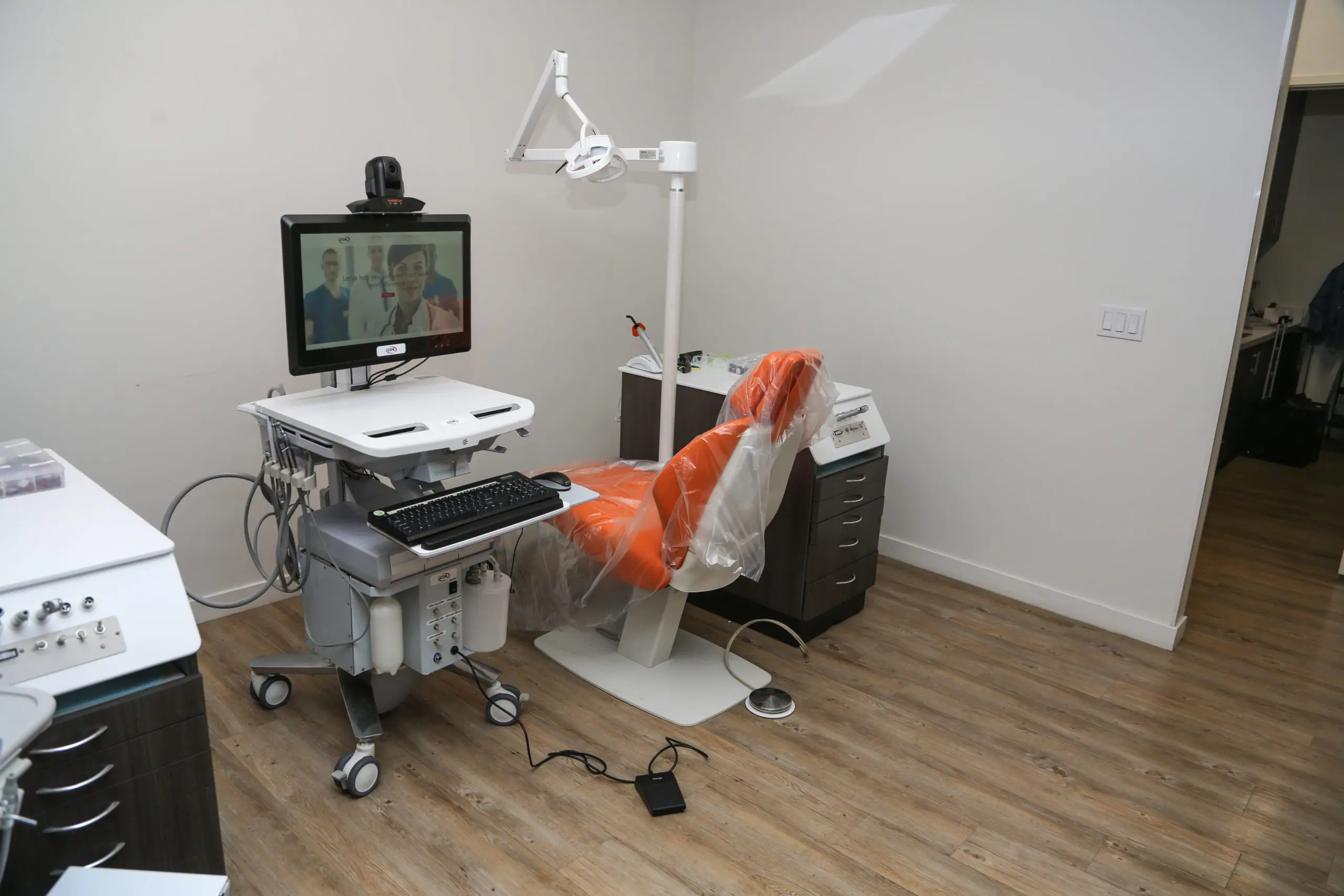Author: Justin Miller
Early data reports show that the Moderna vaccine has a 94.5% efficacy rate against Covid-19, making it the second vaccine in the U.S. to have a high rate of success. They are leading Pfizer, who announced last week that their vaccine had a 90% efficacy rate against the disease. Moderna had received the results of their 30,000-person vaccine trial during a conference call Sunday afternoon that included members of the Data Safety and Monitoring Board. Dr. Anthony Facui had this to say regarding the news: “These are obviously very exciting results” and “It’s as good as it gets – – 94.5% is truly outstanding”. Vaccinations are predicted to be released during the second half of December. Americans who are “high risk” will receive doses first, then the general population this coming spring.
In Moderna’s trial, 15,000 were part of the placebo group and received a saline shot that had no effect. 90 of these individuals caught Covid-19, with 11 who developed severe forms of the disease. The other 15,000 participants received a controlled dose of the vaccine. Only five from this group contracted Covid-19. As for side effects, Moderna has said that there are no severe side effects beyond muscle pain at the injection site and headache.
In the future, Moderna hopes to get the vaccine FDA approved after accumulating more data. Initially, there will not be enough vaccines available for everyone. This is why those most at risk will receive the initial doses. Those who fit the “at-risk” parameters are healthcare workers, the elderly, and people with underlying conditions.
Both Moderna and Pfizer’s vaccines are so effective because they use a similar technique that activates the body’s immune system. The vaccine uses mRNA that is coded to make the coronavirus spike protein. Using mRNA, especially in this manner, has never been done before. If a person comes into contact with the virus, their body will have a proper immune response due to the production of antibodies that recognize the coronavirus spike protein from having been immunized.
While both vaccines appear to do well in action, Moderna’s has the edge over Pfizer’s. Pfizer’s vaccine must be kept at a low temperature of minus 75 degrees Celsius. Such a temperature is too low for most doctor’s offices and pharmacies to house the vaccine because their refrigeration devices can’t get that cold. Alternatively, Moderna’s vaccine must be kept at a temperature below minus 20 Celcius, the same for chickenpox. This means that Moderna’s vaccine can be kept at a readily available doctor’s office or pharmacy. Infrastructure is key, and choosing Moderna over Pfizer helps maintain that available infrastructure.

Through federal operation Warp Speed, Moderna was awarded a $1.5 billion contract in August to increase manufacturing and prepare 100 million vaccine doses, which is enough for 50 million people. It is estimated that Moderna will have enough doses available for 20 million people by the end of 2020. Next year, Moderna should have 500 million to 1 billion doses available worldwide.
Whether or not you should take the vaccine remains up to you. Even though testing has shown good results, it is still too early to determine the vaccine’s long-term side effects. Moderna and Pfizer’s vaccines are not time tested and are being rushed due to necessity. A vaccine does not promise immunity, evidenced by the five who still became infected regardless of taking the vaccine. Statistically, the majority were not infected. Regardless, it may be safer to reject the vaccine and face the virus head-on when compared to taking a rushed vaccine that has not been time tested for long term safety and efficacy.
As for me, I will not be taking the vaccine because it is not time tested. There are too many questions marks for me to feel safe in the decision to take it. I would much rather deal with the virus than end up with serious consequences down the road from an experimental vaccine.







